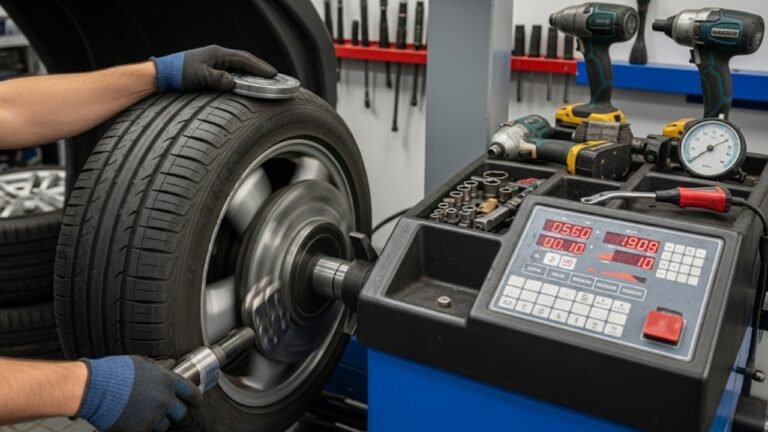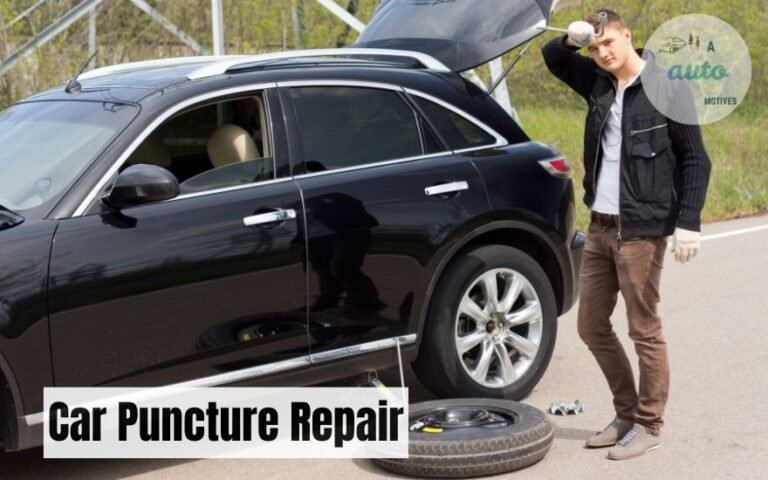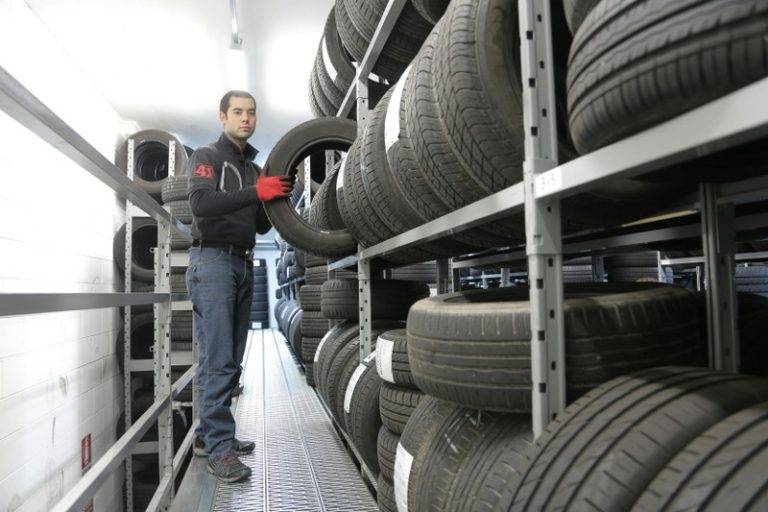How Many Miles Until Tire Change? The Honest Truth
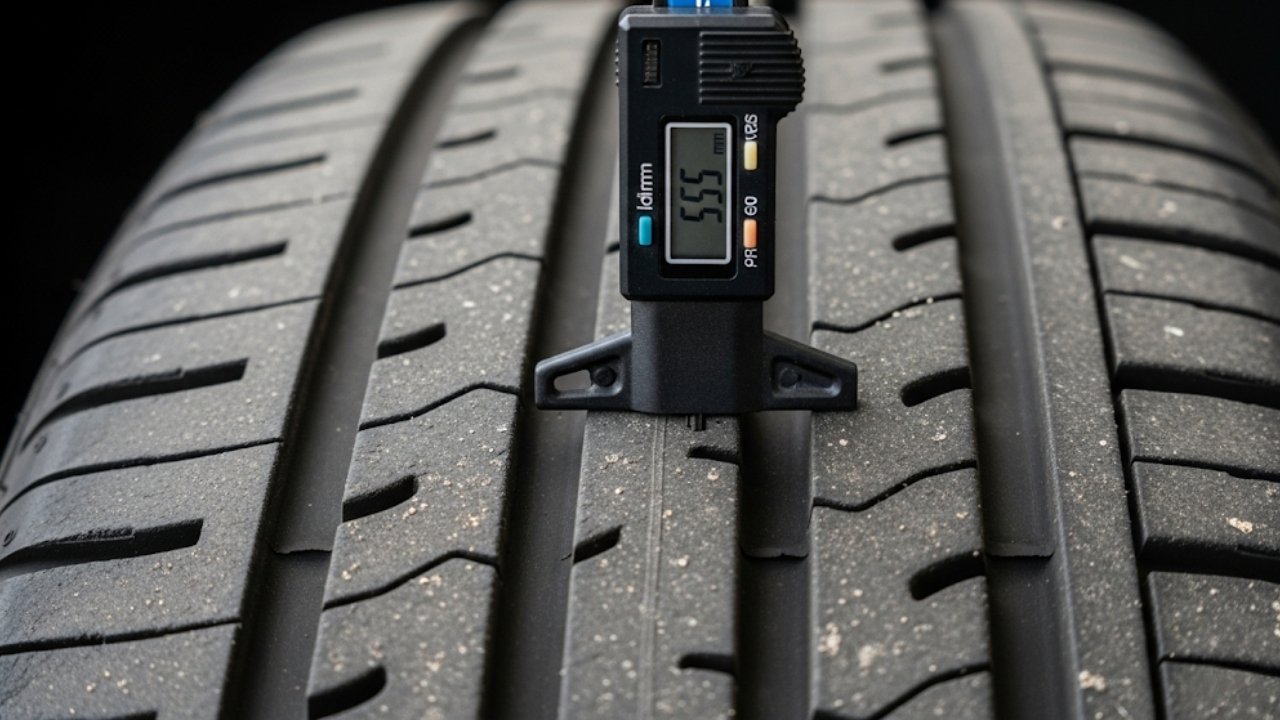
We’ve all been there. You’re cruising on the highway, windows down, music up—and then a thought hits you: “Wait… when did I last check my tires?”
Tires are like the unsung heroes of your car. They don’t complain, don’t blink, and rarely show signs of wear until things go south. But knowing exactly how many miles until tire change isn’t just about numbers. It’s about safety, money, and peace of mind.
This article will break it all down—in simple, friendly language. We’ll explore mileage expectations, real-life signs your tires need a change, and what you should actually be paying attention to (hint: it’s not just the mileage sticker). Buckle up—we’re going deep, but in a way that feels like a coffee chat with a car-savvy friend.
The Average Lifespan of Tires: What the Numbers Say
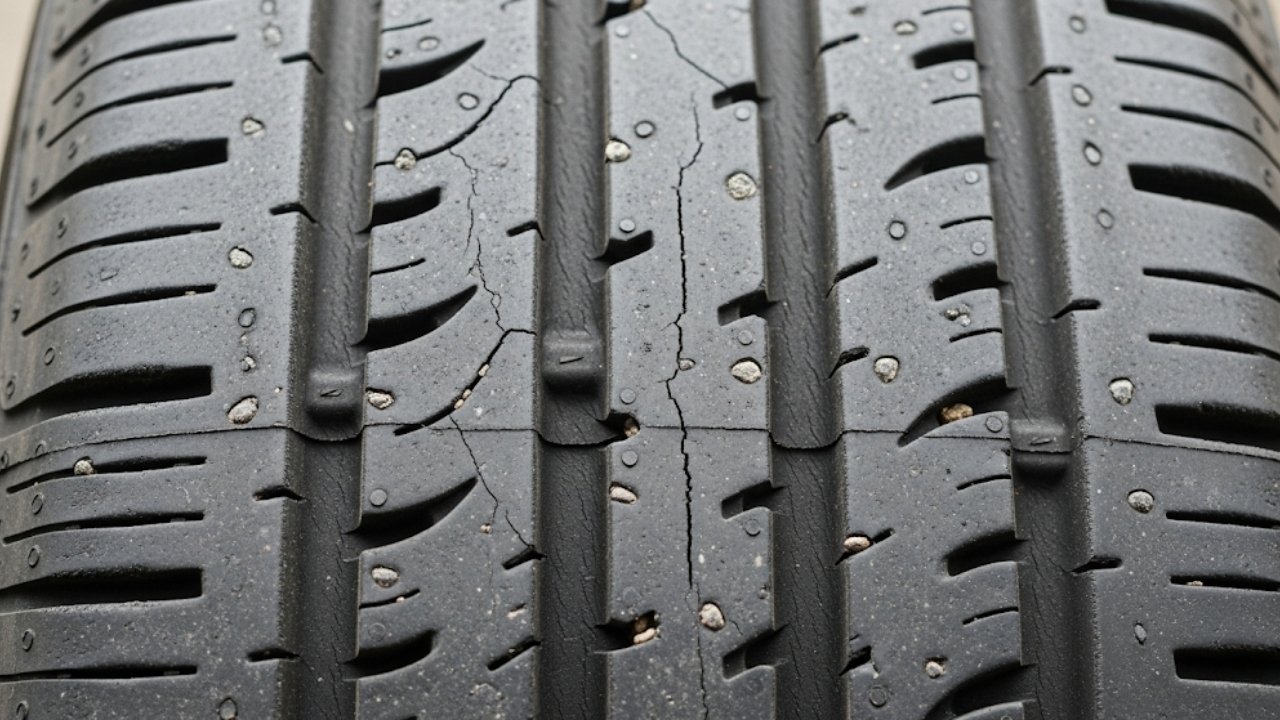
Here’s a simple breakdown:
| Tire Type | Average Mileage |
|---|---|
| All-season tires | 50,000 – 70,000 miles |
| Performance tires | 20,000 – 40,000 miles |
| Winter tires | 30,000 – 40,000 miles |
| Off-road/mud tires | 20,000 – 40,000 miles |
| Run-flat tires | 20,000 – 30,000 miles |
But here’s the catch: real life doesn’t happen on spreadsheets. The road conditions in Dhaka during monsoon? Very different from cruising on California highways.
Factors That Affect Tire Longevity
I remember once taking a road trip from Chittagong to Cox’s Bazar. The route was stunning—but those twisty roads and frequent braking didn’t do my tires any favors. Turns out, where and how you drive can cut tire life drastically.
Let’s break down the key factors:
-
Driving habits – Hard braking, quick acceleration, and aggressive cornering speed up tire wear.
-
Road conditions – Potholes, gravel roads, or heat-soaked asphalt all reduce tire life.
-
Tire maintenance – Improper tire pressure or failing to rotate them regularly? That’s a fast track to early replacement.
-
Weather and climate – Extreme heat or cold can cause rubber to degrade faster.
-
Load weight – Carrying heavy loads puts extra stress on tires.
Even the brand and model of tire matters. Some tires are engineered for endurance. Others prioritize grip, which usually means quicker wear.
Warning Signs: When to Change Tires Without Counting Miles
Sometimes, it’s not about how far you’ve driven—it’s about how your tires feel and look.
I once ignored a tiny vibration in my steering wheel, thinking it was nothing. A month later, I found out my tire had developed uneven wear. If I had paid attention, I could have saved money and avoided risk.
Here are signs it’s time for a tire change, no matter the mileage:
-
Visible tread wear – If the grooves are shallow or bald spots appear, it’s time.
-
Cracks or bulges – These can be serious hazards and mean the tire is weakening.
-
Vibrations while driving – Especially at higher speeds, this might signal imbalance or wear.
-
Uneven wear patterns – Often caused by poor alignment or not rotating tires.
-
Age over six years – Even unused tires degrade over time.
Pro Tip: Use the penny test—insert a 1-taka coin (or a US penny) into your tire’s tread. If the top of the coin’s design is visible, you likely need new tires.
How to Check Tread Depth (With or Without Tools)
If you’re like me, you prefer doing a quick check at home before heading to the garage. Checking your tire’s tread depth is easier than most people think.
Here are 3 simple methods:
1. Tread Wear Indicator Bars
Most tires have built-in tread wear bars. When the tread wears down to the same level as these bars, it’s time to replace.
2. Coin Test
Insert a coin into the tread with the head facing down. If the entire head is visible, your tire tread is dangerously low.
3. Tread Depth Gauge
A small, inexpensive tool available at auto shops. It gives an exact depth measurement in millimeters or 32nds of an inch.
Recommended tread depth:
-
New tires: 10/32″ to 11/32″
-
Replace tires: At 2/32″ or below (legal minimum in many countries)
Driving below the minimum tread depth is like walking on ice with worn sandals—risky and dangerous.
Mileage Benchmarks: When to Start Checking Seriously
You don’t need to obsessively track every mile. But you should be more vigilant once you hit certain points.
Here’s a tire mileage checkpoint chart:
| Mileage Range | What to Do |
|---|---|
| 0 – 5,000 miles | Break-in period; check pressure monthly |
| 5,000 – 15,000 miles | Rotate tires; inspect for early wear |
| 20,000 miles | Begin checking tread monthly |
| 30,000 – 40,000 miles | Evaluate all four tires carefully |
| 50,000+ miles | Strongly consider replacement |
Tires wear out gradually, and catching problems early gives you options—like rotating them or fixing alignment—before you’re forced to shell out for replacements.
Tire Rotation: A Simple Habit That Saves Thousands
Let me tell you a secret: I used to skip tire rotation. I thought, “If they’re rolling, they’re fine!” But after replacing two front tires way too early, I learned my lesson.
Tire rotation—simply swapping the position of each tire—is critical. It spreads wear evenly and extends tire life.
-
Do it every 5,000 to 7,500 miles
-
Front-wheel drive? Your front tires wear faster.
-
All-wheel or rear-wheel drive? Still rotate them—it matters.
Most tire warranties even require regular rotation to stay valid.
The Emotional and Financial Cost of Ignoring Tires
Ever had a tire blowout on a highway at night? I have—and trust me, it’s terrifying. I was driving back from Sylhet, and my front tire exploded after hitting a pothole. It shook the car, scared my family, and left us stranded for hours.
That one moment could’ve been avoided with proper checks.
Neglecting your tires might save you effort now, but:
-
It can cost more in fuel (worn tires reduce efficiency)
-
It shortens suspension and brake life
-
And worst of all, it jeopardizes your safety
Tire Warranties: When Mileage Promises Matter
Ever noticed how tire shops advertise “60,000-mile warranties” like it’s a badge of honor? While this sounds amazing, it doesn’t always mean you’ll actually get that many miles out of your tires.
Here’s what you should know:
-
Warranties are pro-rated – If your tire fails early, the refund is based on how much life is left.
-
Proof is everything – If you don’t have rotation records or alignment checks, the warranty may not be honored.
-
Conditions apply – Only certain kinds of wear are covered, and damage due to road hazards isn’t.
So, if you’re banking on a tire lasting 60,000 miles, make sure you maintain it by the book—and keep those receipts!
How to Choose Tires That Suit Your Driving Style
Here’s something I wish I’d known earlier: not all tires are built for your kind of driving. I used to buy the cheapest ones, thinking they’re all the same. Wrong move.
Think about these questions:
-
Do you drive mostly in city traffic or long highway trips?
-
Do you face heavy rains, heat, or snow?
-
Do you corner hard or drive like you’re on a calm countryside ride?
Depending on your answers, you should pick from:
| Driving Type | Recommended Tire Type |
|---|---|
| City driving, short trips | Touring or All-season tires |
| Long highway drives | Low rolling resistance tires |
| Wet and rainy climates | Wet-performance or silica-rich tires |
| High-speed driving | Performance or summer tires |
| Off-road and rough areas | All-terrain or mud-terrain tires |
Choosing the right type means you’ll reach those expected miles—maybe even more.
Seasonal Tire Strategy: One Set Doesn’t Fit All
In places with true seasons—think North America or Northern Europe—it’s a good idea to rotate between winter and summer tires. In Bangladesh, where heat and rain dominate, all-season or rain-grip tires are more practical.
But here’s a simple seasonal approach that still matters:
-
During hot months, regularly check tire pressure—heat expands air and may overinflate your tires.
-
During rainy seasons, make sure your tread is deep enough to prevent hydroplaning.
-
In cold climates, rubber gets stiff—special winter tires stay soft and grippy.
You may not need two sets of tires, but adjusting your tire checks and inflation habits seasonally will give you more control over tire wear.
Cheap Tires vs. Long-Term Value: Don’t Get Trapped
It’s tempting to grab the cheapest tire at the shop, especially when you’re on a budget. I did it once with an unfamiliar brand and thought I got a steal. Six months later? Sidewall cracks and dangerous slips on wet roads.
Here’s the truth:
| Cheap Tires | Quality Tires |
|---|---|
| Lower upfront cost | Higher upfront cost |
| Wear out quickly | Longer lifespan |
| Poor traction in wet or heat | Engineered grip and safety |
| Often void of proper warranties | Warrantied and tested |
If you calculate cost-per-mile, a better-quality tire may actually be cheaper in the long run. Plus, it gives you more mileage until tire change becomes necessary.
Tire Sidewall Secrets: Decoding the Hidden Info
If you’ve ever looked at your tire’s sidewall and thought it was hieroglyphics, don’t worry—you’re not alone. But these codes are more helpful than most people realize.
Let’s decode this common format:
P215/65R15 95H
-
P – Passenger vehicle tire
-
215 – Tire width in millimeters
-
65 – Aspect ratio (height vs. width)
-
R – Radial construction
-
15 – Wheel diameter in inches
-
95 – Load index
-
H – Speed rating
Why does this matter? Because choosing the wrong size or load rating can drastically reduce tire life, especially if you’re carrying heavy loads or driving on uneven roads.
Personal Story: The Tire That Changed My Life
This might sound dramatic, but I once avoided a major accident because I had recently changed my tires.
I was on a wet road in Narayanganj, and traffic ahead stopped suddenly. My new all-season tires with deep treads helped me brake just in time. Had I been on my old set—worn thin and slippery—it could’ve ended differently.
That experience taught me that asking “how many miles until tire change” isn’t just about saving money. It’s about saving lives.
FAQs About How Many Miles Until Tire Change
1. Is it okay to change just one tire?
Not ideal. If one tire is damaged, it’s best to replace at least two (on the same axle) to maintain balance and traction.
2. Can tires last 10 years if I don’t drive much?
No. Even unused tires degrade with time due to rubber oxidation. Replace them every 6–10 years regardless of mileage.
3. What’s the legal minimum tread depth?
In most places, 2/32 inches (1.6mm). But safety experts recommend replacing at 4/32 inches to avoid hydroplaning.
4. Do tire brands really matter?
Yes. Reputable brands undergo strict testing and quality control. Cheap brands may cut corners on rubber quality and safety features.
5. Can I extend tire life with alignment and balancing?
Absolutely. Proper wheel alignment and tire balancing ensure even wear, reduce strain on tires, and improve ride quality.
6. Do tires wear faster in hot climates?
Yes. Heat accelerates rubber breakdown and increases air pressure, which can lead to blowouts if unchecked.
7. How can I check mileage on my current tires?
Keep a note of the odometer reading at the time of purchase. Some newer cars track tire mileage through the onboard system or apps.
Final Thoughts: Tire Change Isn’t Just About Mileage
So, how many miles until tire change? The true answer is: it depends.
But now, you know what to look for. You understand the role of:
-
Road conditions
-
Tire maintenance
-
Seasonal wear
-
Tread depth
-
Emotional gut-checks that something’s “off”
Your tires are the only thing connecting you to the road. Treat them like trusted shoes—worn soles mean time for new ones. Whether you’re heading to the hills of Bandarban or just picking up groceries, let every mile be safe, smooth, and smartly calculated.
Track your miles, yes—but trust your instincts too.

